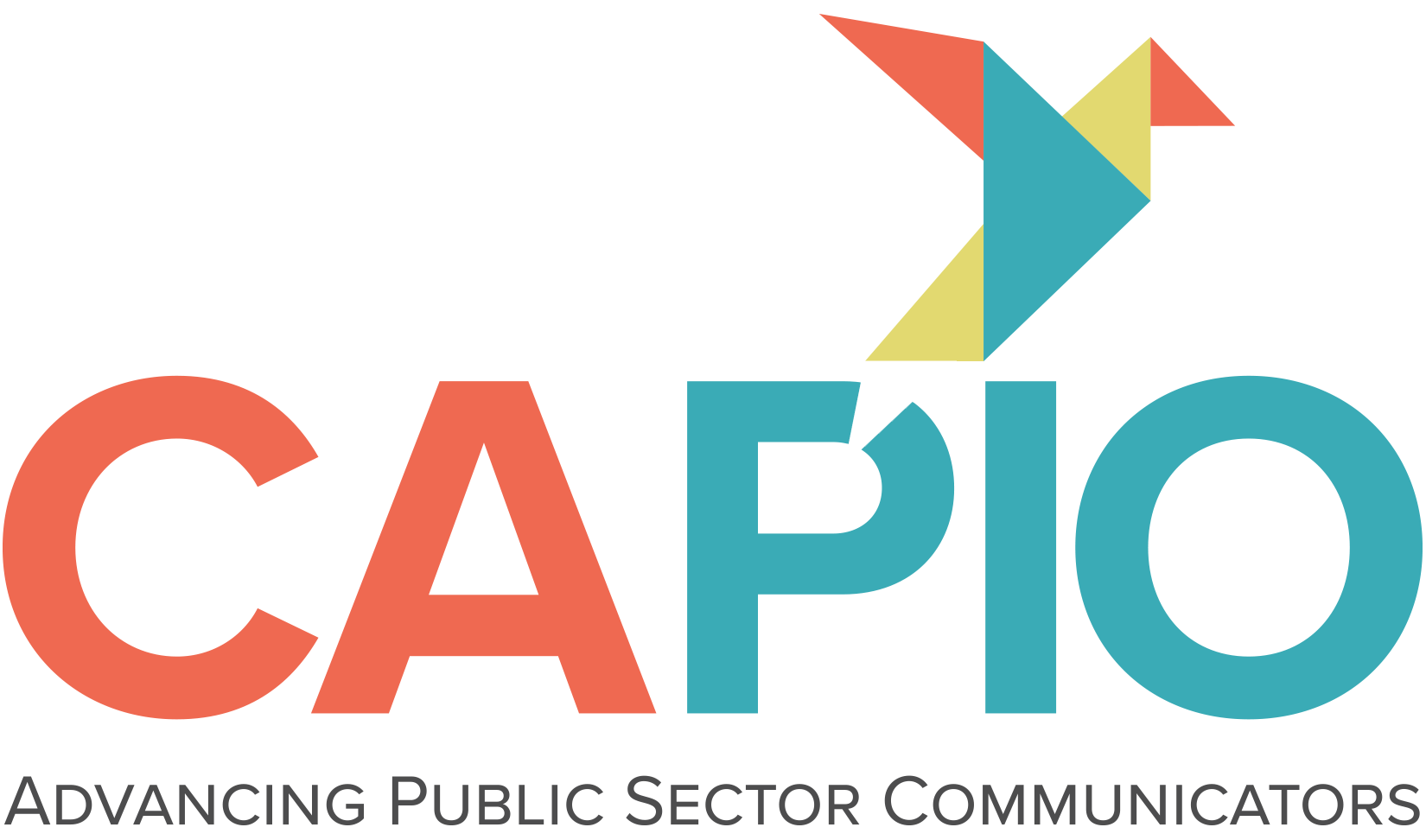Inclusive Communication
Communicating Effectively: Think Inclusive, Not Diverse
by Lana Haddad, Director of Government and Public Affairs and Kaylee Weatherly, Public Information Officer, Long Beach Water
Public agencies exist to provide essential services to our communities, and CAPIO professionals serve a critical role for our agencies in communicating about the good work we do. Recognizing diversity in our service areas, however, is not enough to communicate effectively. In order to best serve the public, it is vital that our communications understand, reflect and serve the interests and needs of all of our neighbors.
Here, at Long Beach Water, the standard of excellence we strive for is inclusivity. We strive for inclusivity for three main reasons: consistency, connection and community. Inclusivity, as opposed to diversity, requires authentic relationships with all of our various groups. It requires our communications to account for the many varied experiences and perspectives so that we know how to speak in effective ways to our community members so that our messages are heard and valued. Most importantly, inclusivity means that many perspectives are included in the crafting of the story we want to tell. It means recognizing that including those differences as an essential part of the process strengthens an agency’s policies, programs, and messages.
Consistency
We help our residents and businesses learn our collective story and, in some cases, change their behavior by repetition and consistent messaging. However, because language is not merely denotative, but also connotative and non-verbal, literal translations of campaign and marketing slogans or taglines often miss their mark because they miss the larger cultural context of communication. Striving for inclusivity in the development of policies, programs and the messages that flow from there helps safeguard against this all too common pitfall. The recent Pepsi and Kendall Jenner commercial controversy is a good example of what happens when cultural context is ignored and/or misunderstood.
Connection
Fundamentally, before we can effectively communicate with our customers, we need to know them; after all, it is common knowledge that “knowing our audience” is a Communications 101 cliché.
In Long Beach, home to nearly half a million residents and many businesses, our differences are many – racial and ethnic, socio-economic, gender, sexual orientation to name just a few. So, how can a public agency with limited staff and budget develop the needed relationships to create a sense of connection for and with the varied groups we serve?
Go where the people are. By tapping into our rich, cultural tapestry in the city, Long Beach Water is able to participate in a number of community-specific events to begin and continue building relationships with influencers across the city. We strategically target outreach in areas that may have been underserved to help balance the tendency for over-representation. As a city department, we also draw on our City Council district offices and staff; we are responsive to them and have built trust in our advice and expertise. As such, we are often invited by local neighborhood groups to present on relevant topics. LBWD recently launched a speakers’ bureau, and over a dozen employees volunteer to be additional ambassadors in the community to help inform, educate and tell the LBWD story.
Be internally inclusive. Fundamentally, public agencies must work diligently at ensuring that we are recruiting, hiring and retaining top-notch talent from a wide-ranging pool of applicants. This requires a great deal of focused internal work to expand from the usual methods of outreach, particularly when working with already overburdened staff in other departments. One effective approach is to make it as easy as possible for other people to help: provide links to targeted professional associations and help connect the dots both for your leadership and human resources.
Community
Finally, intentionally seeking, educating for and ensuring inclusive communications helps strengthen the trust needed for our residents to feel like they are a valued part of our the greater collective. That sense of community – of belonging to something bigger than just one household or neighborhood – is what enabled Long Beach residents and businesses, together, to conserve water in the double digits during the recent historic drought and what keeps them using water efficiently for our collective futures.
About Long Beach
Incorporated in 1897, Long Beach, California is a full-service charter, progressive urban city home to nearly half a million residents and businesses. As the sixth largest city in California and the second largest in Los Angeles County, Long Beach is a vibrant, diverse and dynamic city that covers approximately 52 square miles on the southern California coast. The U.S. Census (2010) found that the median age in Long Beach is 33 years old, and 25% of the City’s residents are under the age of 18. The City is ethnically diverse with: 40.8% Latino/Hispanic, 29.4% Caucasian, 13.0% African American, 12.6% Asian, and 1.1% Native Hawaiian and other Pacific Islander. The median household income (2009-2013) is $52,711, and 20.2% of Long Beach residents live below the poverty level (2009-2013).

Comments
Post new comment